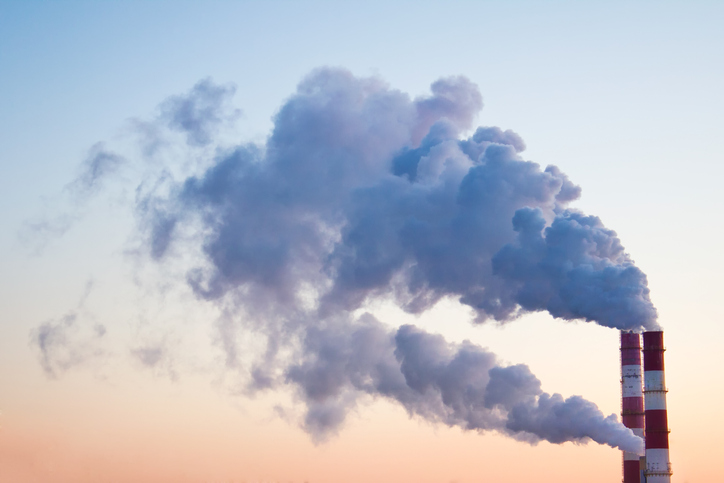In recent years, the global concentration of methane present in the atmosphere has increased dramatically. In fact, in 2021, methane increased by almost 18 parts per billion in the atmosphere, the largest single year increase since the National Oceanic and Atmospheric Administration’s records began in 1984. Last year was no exception, as atmospheric methane increased by 14 parts per billion, the fourth largest recorded increase.
These numbers are significant because methane is known as a “super pollutant” that is many times more potent than carbon dioxide. Today, it is responsible for approximately one-third of the warming from greenhouse gases. In the United States, the oil and natural gas industry is the largest industrial source of methane, as it is the main component of natural gas as well as a byproduct of fossil fuel drilling. Therefore, the U.S. Environmental Protection Agency recently announced a new final rule to drastically reduce methane and other harmful air pollutants from the oil and natural gas industry.
The rule also promotes the use of cutting-edge methane detection technologies to prevent approximately 58 metric tons of methane emissions from 2024 to 2038, the equivalent of 1.5 billion tons of carbon dioxide. It is also estimated that during this same time period, the rule will avoid 16 million tons of volatile organic compounds and 590,000 tons of toxic air pollutants, such as benzene and toluene, through New Source Performance Standards.
The EPA further anticipates the final rule will also provide a wide range of health benefits to various communities, including low-income communities, minority populations, and other areas with environmental justice concerns. It also includes emissions guidelines, which sets procedures for states to follow during the development of their plans to limit methane from existing sources.
The EPA seeks to achieve these goals by phasing in a requirement to eliminate routine flaring of natural gas produced by new oil wells, requiring comprehensive monitoring for methane leaks, and establishing standards that require reductions in emissions from high-emitting equipment, such as controllers, pumps, and storage tanks. It will also employ remote sensing to detect large methane releases, also known as “super emitters.”
The announcement of the new rule comes on the heels of the COP28 climate summit in Dubai where at least 117 countries pledged to triple renewable energy by 2030. In addition, 50 major oil and gas companies signed a pledge to cut their methane emissions by the end of the decade, which included a commitment by these companies to third-party verification.
While many have applauded the rule as a necessary step in slowing the rate of climate change, others are less optimistic. Some argue the rule does not go far enough because it does not require companies to deal with the main cause of emissions from fossil fuels, which is burning them. Others argue that the new rule constitutes agency overreach because responding to climate change could be considered a “major policy question” that should be decided by Congress rather than the EPA.
Once the final rule is published in the Federal Register, states must submit regulations for existing sources to the EPA for review and approval within 24 months. These state plans must then comply with their respective plans within 36 months after their submission to the EPA.

